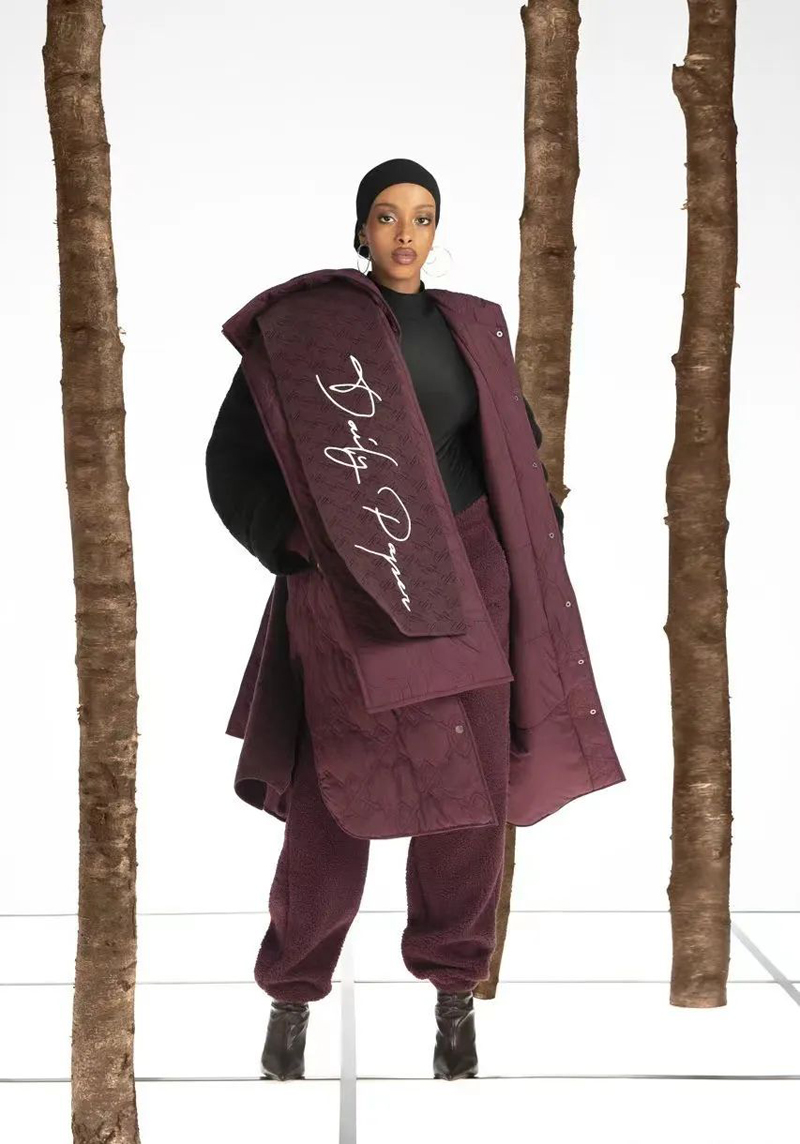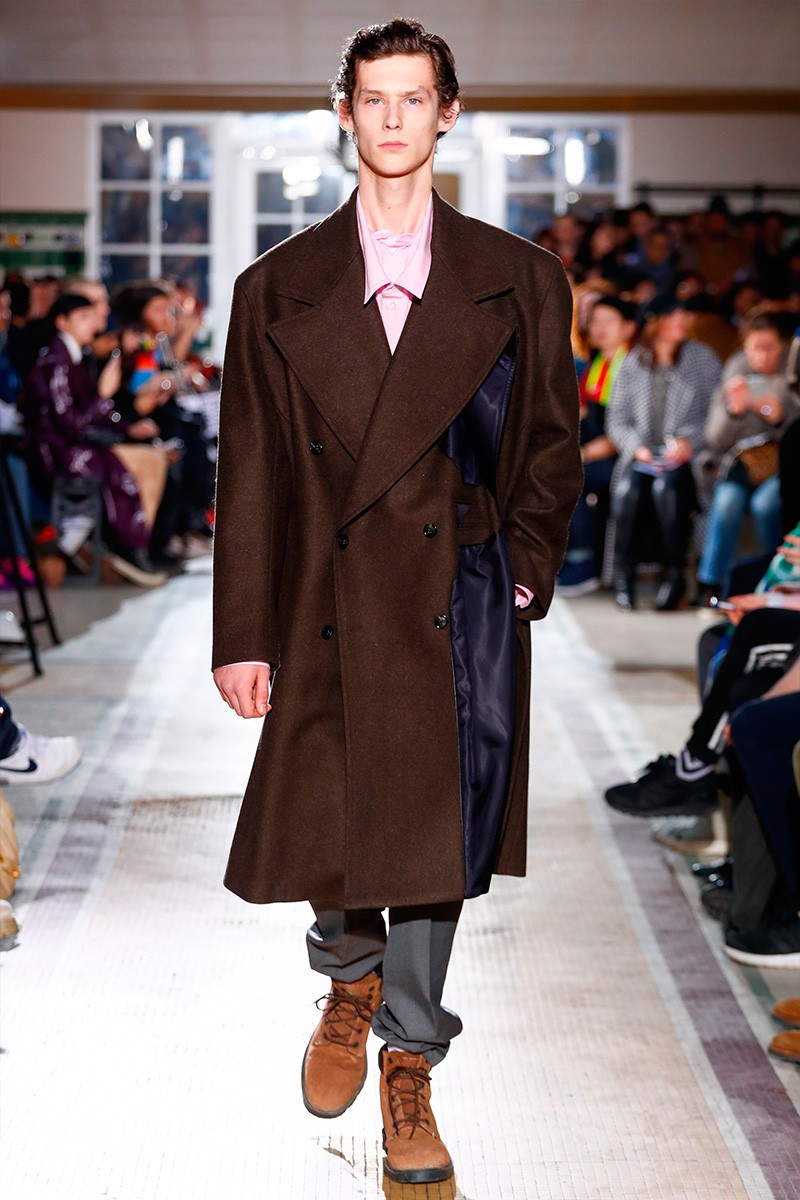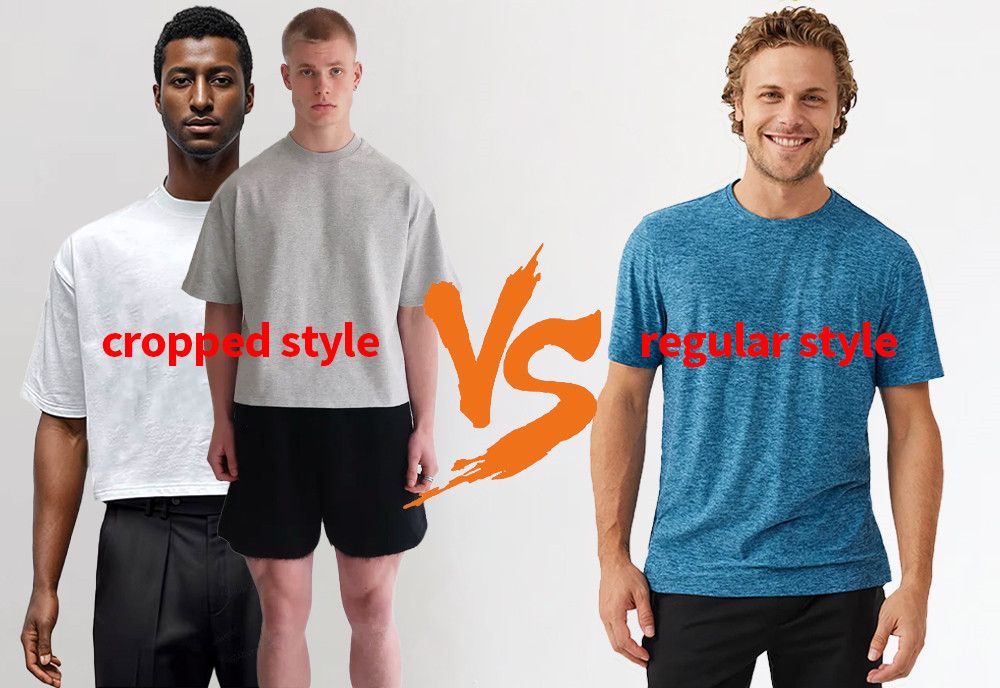Feather vs. Down: Understanding the Difference in Jackets
This article delves into the world of jackets, specifically comparing and contrasting feather and down jackets. It explains the key differences between the two, including their construction, insulation properties, and overall feel. The article also highlights the importance of choosing the right jacket for your climate and activity level, offering tips on how to find the perfect jacket for every occasion. Whether you're looking for a lightweight, breathable option or something warmer and more durable, this article has got you covered.
In the world of winter clothing, there are two main types of insulation materials used to keep us warm during the colder months: feather and down. While both are commonly found in jackets, they have distinct differences in terms of their origin, appearance, and performance.
Feather is a term used to describe a bird's outer layer of hair, which is typically made up of a barbed, hard, and light-weight substance called "quill." Feathers come in a variety of shapes and sizes, from the soft, downy under-layers to the larger, more rigid outer layers. They are commonly used in jackets to provide structure and shape while also adding warmth.

On the other hand, down is a term used to describe the soft, fluffy, and highly insulating layer of hair found beneath a bird's outer layer of feathers. It is made up of millions of tiny barbs that trap air molecules and prevent heat from escaping, making it an exceptionally effective insulator.
When it comes to jackets, both feather and down are commonly used as fillings. However, there are some key differences between the two. For one, down jackets are typically lighter in weight and more compressible than their feather counterparts. This is because down is much more efficient at trapping heat and providing warmth, meaning less material is needed to achieve the same level of insulation.

Additionally, down jackets often have a higher level of comfort and softer feel, again due to the exceptional insulating properties of down. However, feather jackets tend to be more durable and last longer, as the harder, more robust exterior feathers provide better protection against wear and tear.
Both types of jackets have their own unique advantages and disadvantages, so it really comes down to personal preference and needs as to which one is best for you. If you're looking for a lightweight, packable jacket that offers exceptional warmth-to-weight ratio, then a down jacket is probably your best bet. If you require something more robust and durable that can stand up to more abuse, then a feather jacket might be more suitable.

In conclusion, feather and down are both excellent materials for winter jackets, but their performance characteristics and aesthetic appeal differ significantly. Understanding the pros and cons of each will help you make an informed decision when it comes to choosing the right jacket for your needs.
Articles related to the knowledge points of this article:
Title: The Art of Tie Patterns: An Exploration of Form and Function
Title: Should Men Wear Ties with Shirts Alone?
Title: The Art of Tying a Ribbon: A Comprehensive Guide to Various Ribbon Knots
Unveiling the Enigmatic Allure: The Enchanting World of Womens Scarves
Embellishing Elegance: The Timeless Allure of the Silk Scarf Bag



